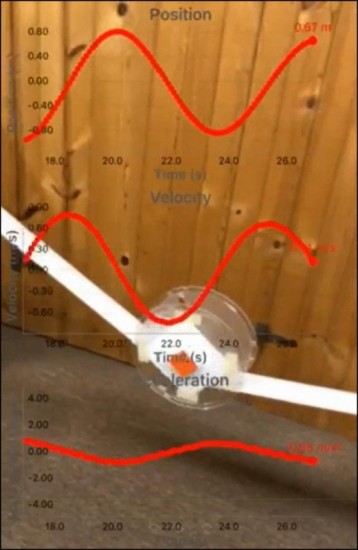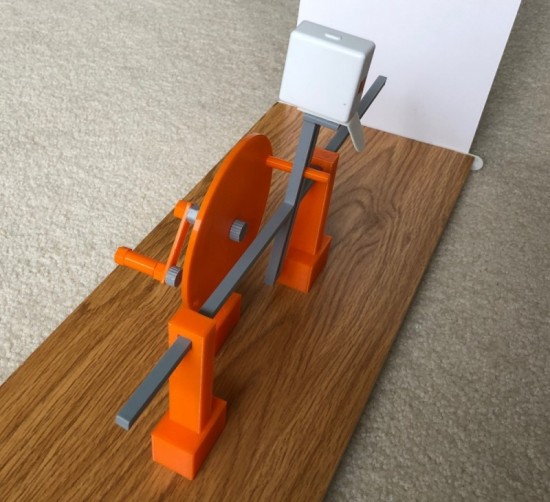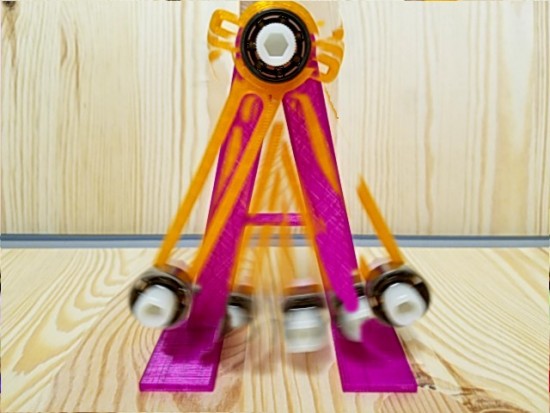Polarized Light
Light travels in waves, but unlike waves on the ocean, they are much too small for us to see with the naked eye. A polarizer is a light filter that only allows light waves that are moving in one direction to pass through, letting us indirectly observe some of the wave properties of light. This aligned light that passed through a polarizer is called polarized light.











